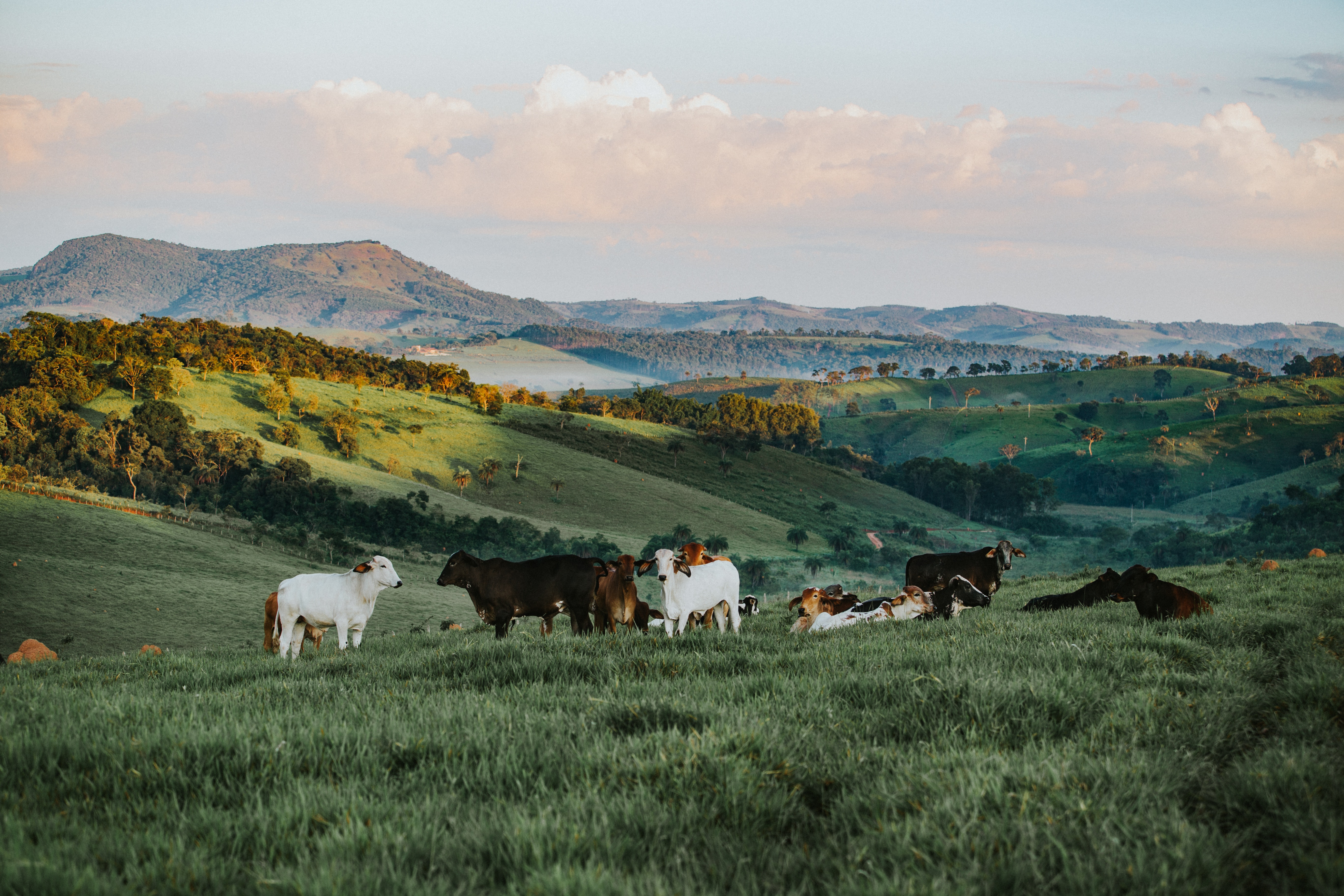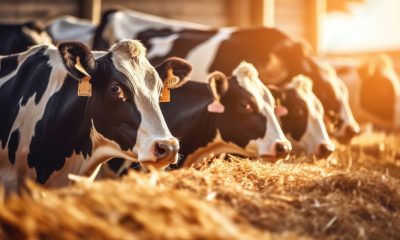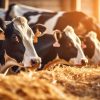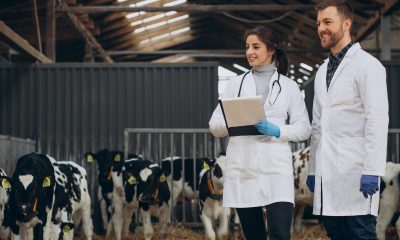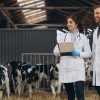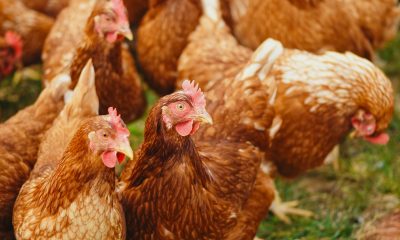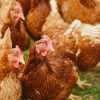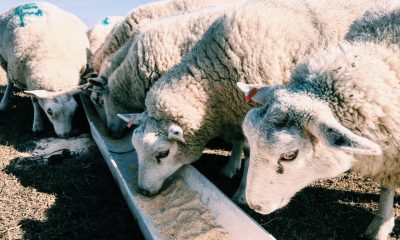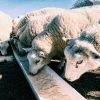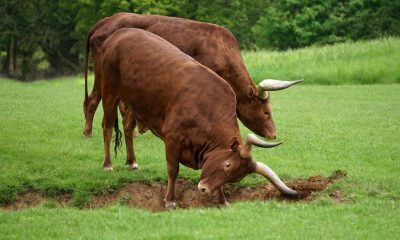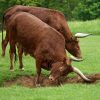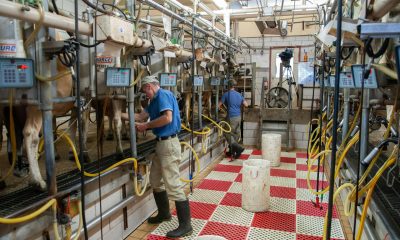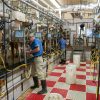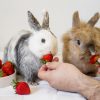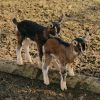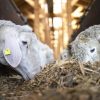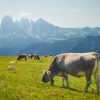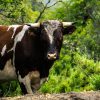Cattle
Creative farming ideas from Europe
The necessitous dairy industry has been changing through the years, more so nowadays. With technology seeping into every sphere of life and the functioning of establishments and industries on a large scale, use of new age methods and models have drastically improved the quality, efficiency and work atmosphere. When in earlier times farmers took care of their cattle all by themselves, milked and supplied the same too, current production and distribution sees mechanisation and digitisation which saves on money and ease of transaction. Also, these systems take off a chunk of the burden from the farmer. If the farmer wishes to expand his range of distribution further, it is easier along with competitive and fair pricing guaranteed.
Some of the radical methods that have changed farming for good in the European countries are elaborated here.
1. Improving the welfare of farmers and cows
A flourishing dairy farm requires healthy cattle, a robust source of dietary elements and good farmers. The health and well-being of the workers are usually not given priority till now. Farmers in Denmark have come up with ways to improve this and have been using smartphones as their offices to control and effectively run their dairy farms. The cows are hooked up to unique bracelets, each one has a different bracelet, and they are let to graze on the farms. This allows for surveillance and helps to keep track of location without being on the spot physically. This is especially useful for farmers who are shifting to organic farming and thus need to let the cattle graze in the open fields. The cattle are also much at ease since they are no more tethered or roped to a certain radius and can move around freely. The use of robotically operated gates controlled by the smartphone for transfer from one area to another makes herding much easier.
2.Equipment
Electro-mechanical devices are the workhorses of today’s economy. Milking equipment has been one of the most useful equipment used extensively which reduces manpower substantially from a tough task. Intelligent milking machines working on vacuum give high accuracy milk yield measurement, monitors the flow rate in each cycle, are very compact, and ensure the free flow of milk without pulsation that is uncomfortable for the cow. The cleaning and brushing machine to maintain the hygiene of the cattle has also had some very positive feedback. Although the use of machinery reduces the task at hand considerably, human supervision at the site or remotely is highly recommended to avoid mishaps and for monitoring the conditions.
3. Apps for on-site quality checks
Cattle health is of primal importance for a dairy farm. Any little disease or discomfort should not be ignored lest it manifests into a full-blown epidemic that can affect the cattle in the vicinity and cause huge loses. When the size of the farm is large with batches of cattle, manually checking the health status can be confusing, inaccurate and is prone to misdiagnosis and non-detection of issues. There are a couple of sensors and corresponding apps that have helped tackle this dilemma.
Heat sensors and health monitors
Heat sensors that can detect body temperature fluctuations along with the health status of the cows are the newest of technology. They give real-time status about the reproductive health, nutrition levels and the overall state of the animal.
Subclinical mastitis detection
A common problem in milking cows, these can be identified by a portable analyser which detects leukocyte, macrophage, neutrophil, lymphocyte count and other parameters and figures out if the cow is infected or not. The results are compiled and displayed on the smartphone app.
4. Circular economy model for sustainable energy
Dairy farmers who are environmentally cautious can adopt an inspiring energy model that is finding many takers in Italy. Waste and excess crops are digested in an anaerobic digester to generate electricity which is used by the farm for its equipment or fed to the national grid. The remaining energy is used to dehydrate alfalfa, which finds a good demand among the dairy farmer as cattle feed. Thus a circular model of energy usage is adopted, reducing the expenditure and keeping things green.
5. Blockchain Models
Organisation and modelling of the production line can significantly improve the efficiency of work and thereby generate more profit. Blockchain models involve organising the farm data from the cattle to the consumer in a digital ledger which has blocks signifying each entity. This information is marked by timestamps and is not editable or modifiable. The feed, cattle health, milk yield, temperature of storage through transportation, days in transit and at the store can be accounted here. This helps the farmer keep track of his commodity at various stages, find faults or delays and rectify at ease. He can also be guaranteed good pricing without having to involve with unfair middlemen. This generation is becoming more conscious of what they consume, and the blockchain system offers a transparent window into the production process. Organic products are high on demand nowadays and quality standards, environmental regulations followed and fertilisers used can be enlisted in the blockchain model. The customer can conveniently access this information by scanning the QR code at the back of cartons.
Dairy is also an industry that required a distribution chain and expensive facilities which can weigh heavily if a single farmer were to invest. There are a lot of methods adopted for this like models where farmers can use common facilities like refrigeration systems and distribution centres allowing them to maintain quality. Some models involve a collection of smallholder dairy farmers, a typical village milk collection centre, after which it is a more extensive collection and advisory unit, and further to a dairy plant. The advantage of this model is the non-existence of a middle man, yet the distribution is more natural since the transportation is pooled and a single farmer doesn’t have to toil excessively to get the price he deserves.
Modern techniques and smart choices can offer farmers a healthier lifestyle for their own, ease of work at the same time maintaining yield and reasonable prices. Advanced technology has indeed helped bring solutions for the betterment of this quintessential industrial.



